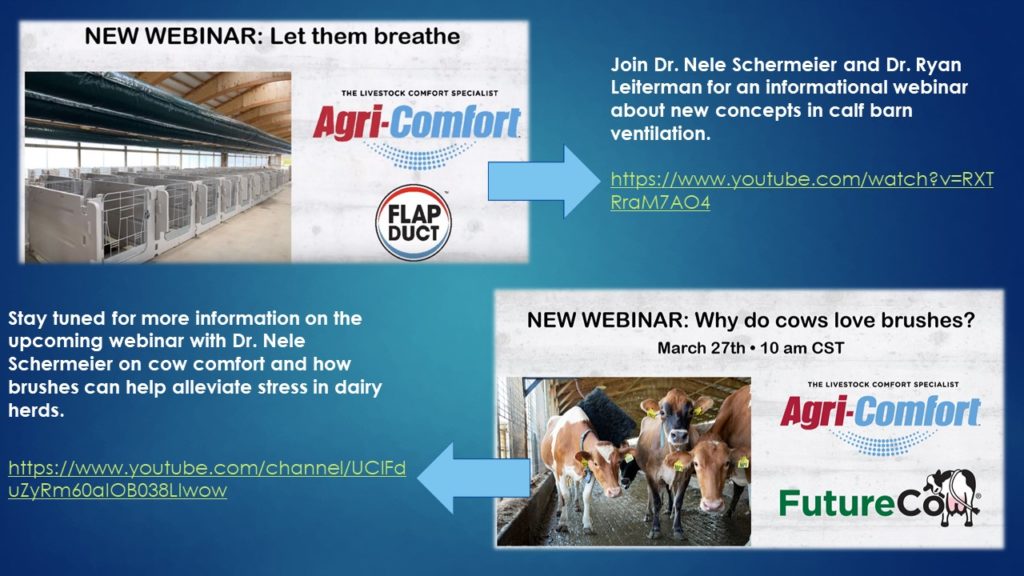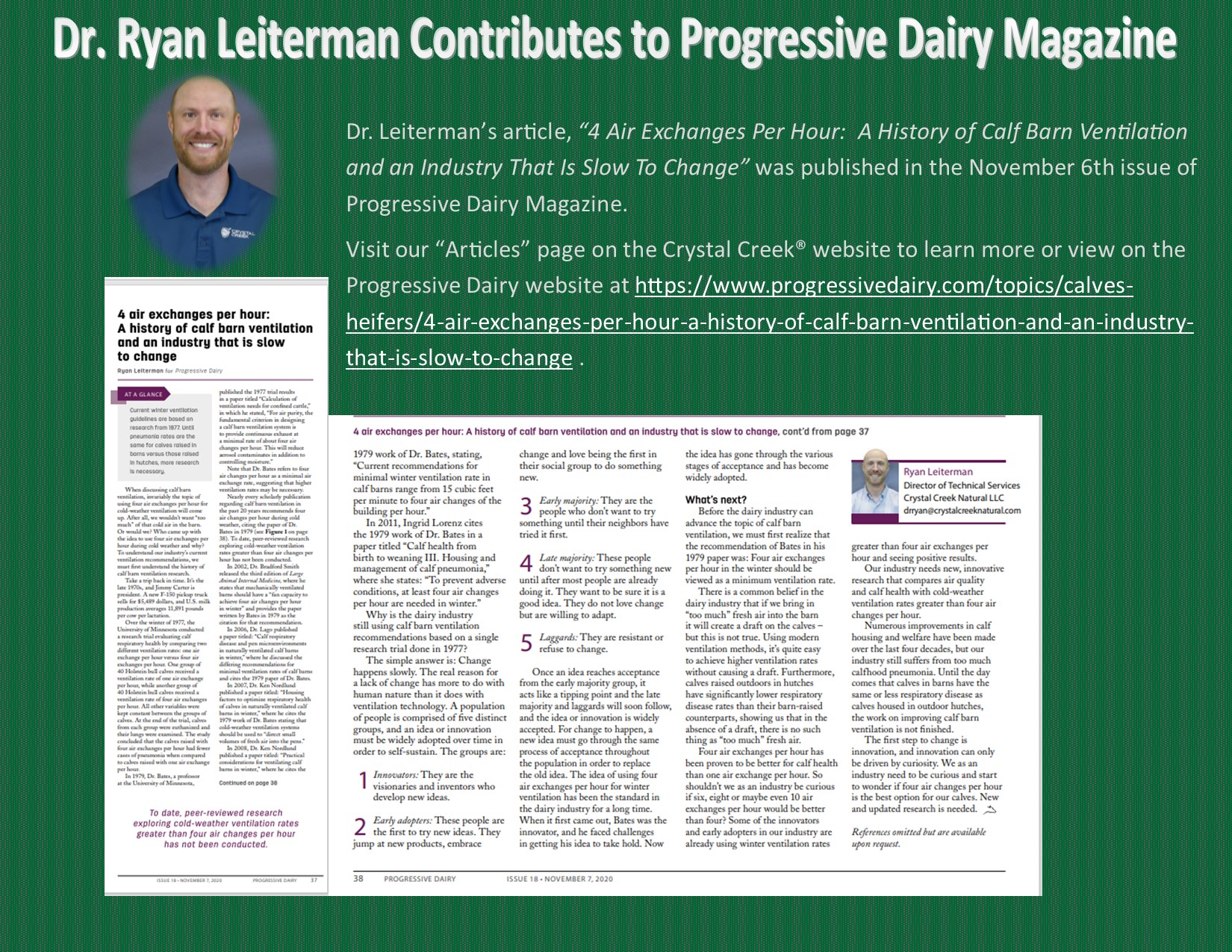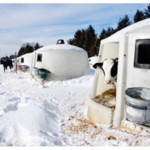Agri-Comfort Online Webinars
Agri-Comfort is hosting a number of online webinars you can attend/view to learn more about livestock comfort. To view their latest webinar on calf barn ventilation, “Let Them Breathe”, visit:
https://www.youtube.com/watch?v=RXTRraM7AO4&t=2204s
To subscribe to their channel for information on upcoming webinars, visit: https://www.youtube.com/channel/UCIFduZyRm60aIOB038Llwow






